That One Guy
TPF Noob!
- Joined
- Jan 2, 2008
- Messages
- 946
- Reaction score
- 0
- Location
- Cyburbia
- Can others edit my Photos
- Photos NOT OK to edit
Thanks a lot for the responses.
So what setting do you usually keep it on when you first started shooting? Manual or Program?
And you adjust shutter speed with the ISO option, correct?
Sorry, I'm new and haven't really found a good site that thoroughly explains it all.
when I first started I kept mine in automatic modes and concentrated on composition. I bought the book Understanding Exposure by Bryan Peterson and that helped alot. Once I understood what the book was saying, I switched to the creative modes of the camera.
Check out this thread I started. It has a few links that may help you
http://www.thephotoforum.com/forum/showthread.php?t=108610




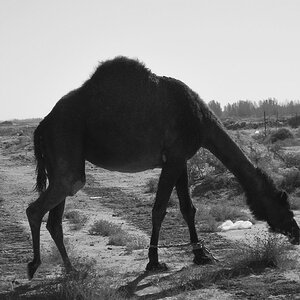
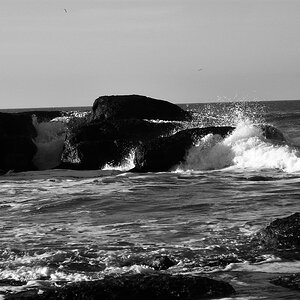
![[No title]](/data/xfmg/thumbnail/42/42473-acff07bd005ae1bb1af25d5d00d0c437.jpg?1619740193)
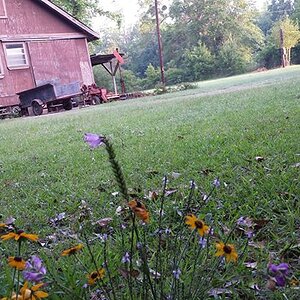
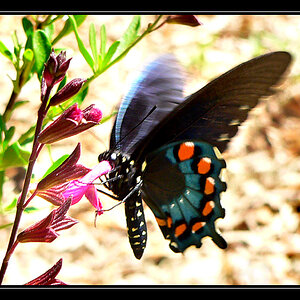
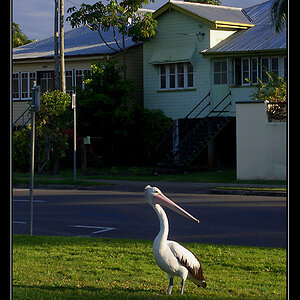
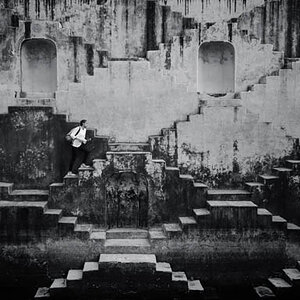
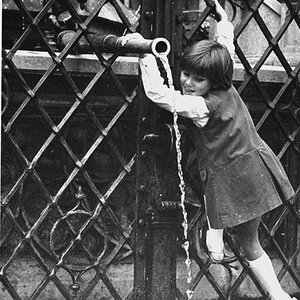

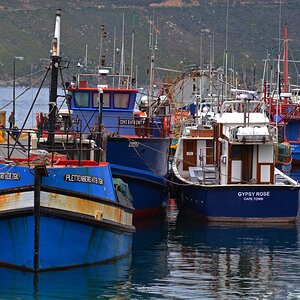
![[No title]](/data/xfmg/thumbnail/37/37489-27b092c23ed6ad63eee4cd03f96a311a.jpg?1619738111)